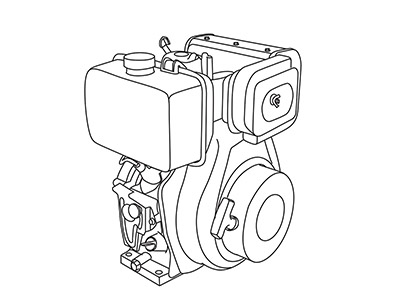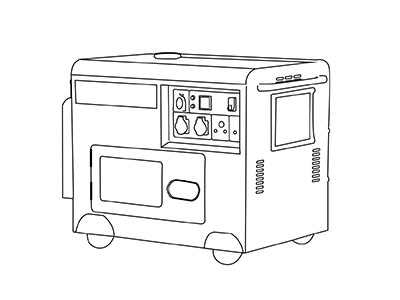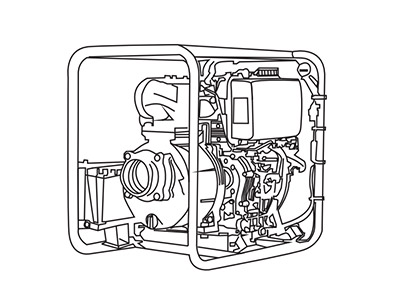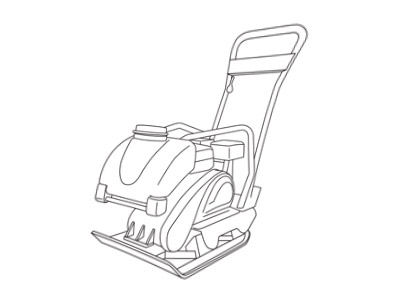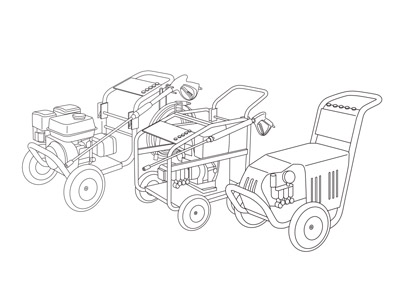Pollutant emission control methods of diesel generators
 Jun 10, 2022|
Jun 10, 2022| View:452
View:452The environmental pollution brought by rapid economic development has awakened people’s attention to environmental protection. Gas emissions are the source of diesel generator pollutant emissions. To respond to the call for environmental protection, many insiders start to drastically improve the design of diesel generators to reduce emission of pollutants. Diesel generators mainly send air filtered by dust and impurities into the cylinder through the air intake system. Therefore, as long as the air intake system is improved and the amount of air entering is controlled, the degree of air pollution after combustion can be effectively controlled. Excalibur offers the following two methods to control pollutant emission of diesel generators.
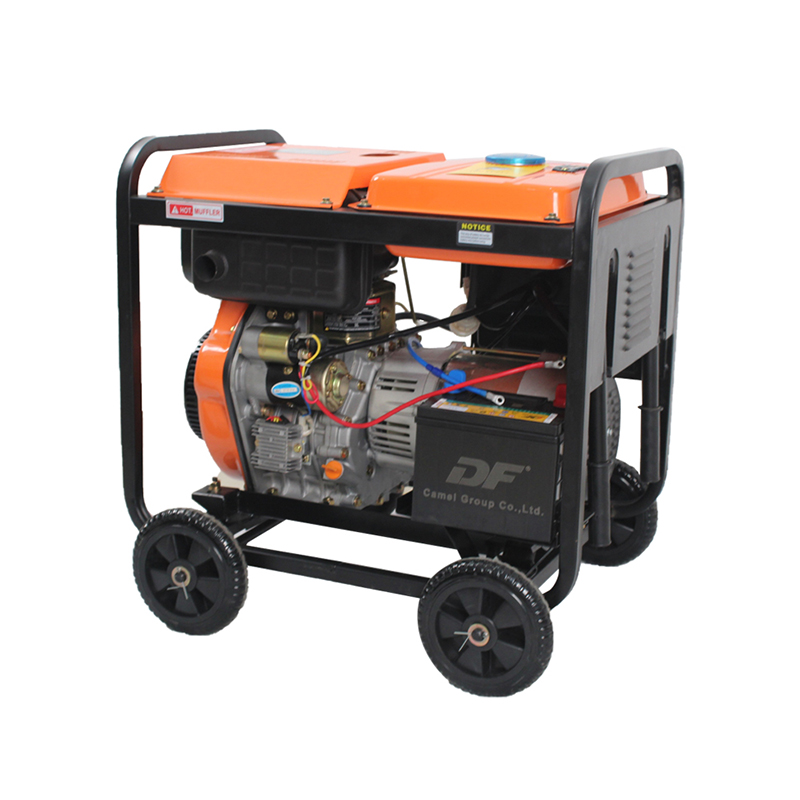 |  |
1. Variable swirl intake system can be used. The intake swirl intensity has a large impact on NOx emission, so the variable swirl intake system is used to control the swirl intensity according to the change of speed and load, thus reducing the amount of NO generated during the operation of diesel generators without sacrificing the economy.
2. The use of multi-valve technology (usually four valves per cylinder: two intake valves and two exhaust valves) can expand the total flow cross-sectional area of the intake and exhaust valves, and increase the volumetric efficiency. Injectors can be arranged vertically on the axis of the cylinder, which is conducive to the uniform distribution of fuel in the combustion chamber, greatly improves the combustion conditions, makes the heat release rate more reasonable, reduces NOx and CO emissions, and significantly reduces carbon smoke under large load.
According to diesel generator manufacturers, the above two methods are to control pollutant emission by improving diesel generator technology. But if ordinary users fail to improve diesel generator technology, they can reduce the pollution of diesel generator within their ability, such as spraying water on the air intake pipe or emulsifying diesel to promote fuel combustion, which reduces the harmful gas emitted by the well-burning diesel.
